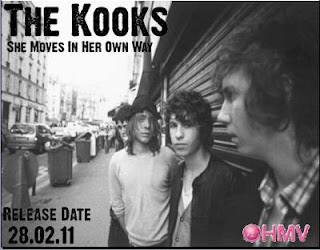The main conventions of album covers are to feature the artist or an image that can be associated with the band. The text on covers will be the album name and artist name. Usually the typography will be a font that has been used several times for the artist so that the font will be associated with the artist.
Both these album covers feature the artist. The Script's album cover follows convention by having the three members on the front, with two of them photoshopped so that they are on top on the lead singers image. This tells the audience who the lead is without hearing or knowing about the band. It also gives a feeling of togetherness to the band. The font used for 'The Script' has become a feature of the band, as the font has been used on previous albums and promotional material. This helps people to identify it easily with the band. The desaturation of colour and simple colour scheme gives the album a more sophisticated feel to it.
Like the Scripts's album cover, the Ed Sheeran cover also features the artist on the cover. This is a good promotional move for the record label, as this is his first mainstream album. His image takes up the entire cover so that it is the only thing you see. This helps to get him recognised with the public. Unconventionally, the artist's name isn't featured on the cover, which for a relatively new artist isn't often done. The album name '+' is on the cover, very small in the corner. The use of the colour orange has become a trademark for Ed Sheeran, so using it on this album helps to promote this idea that orange is his colour.










